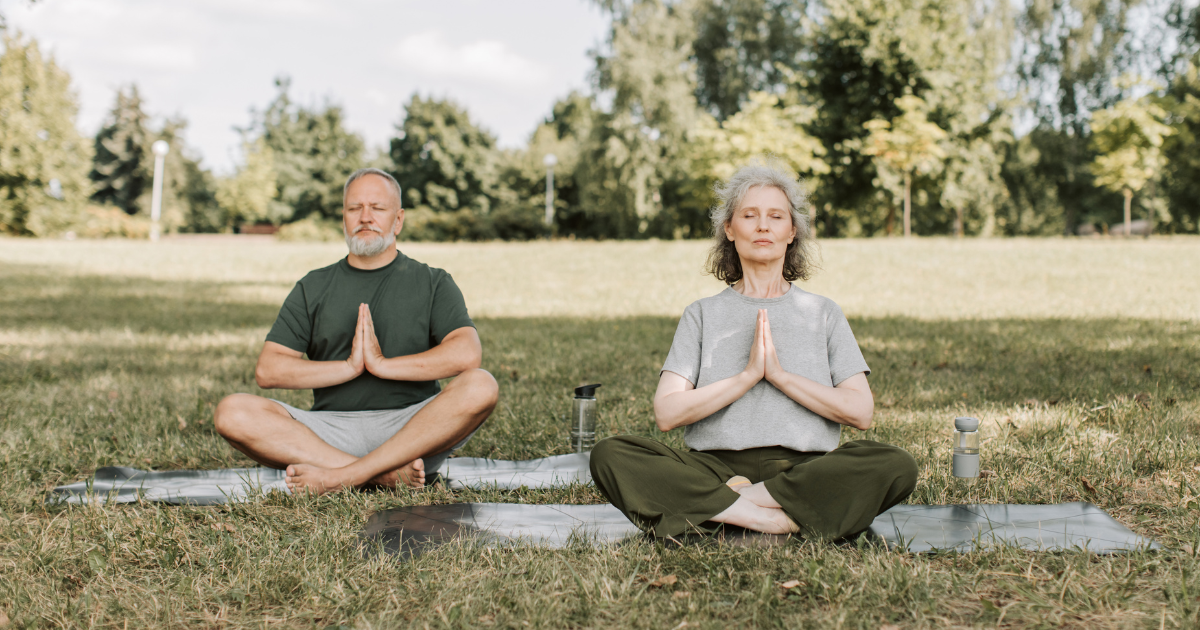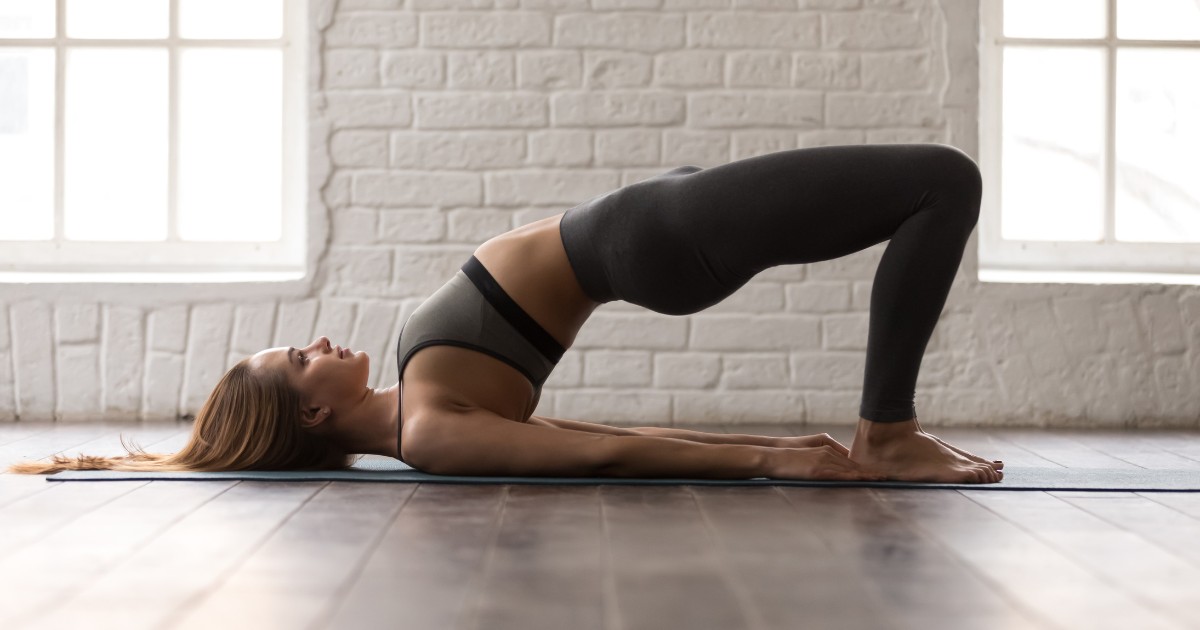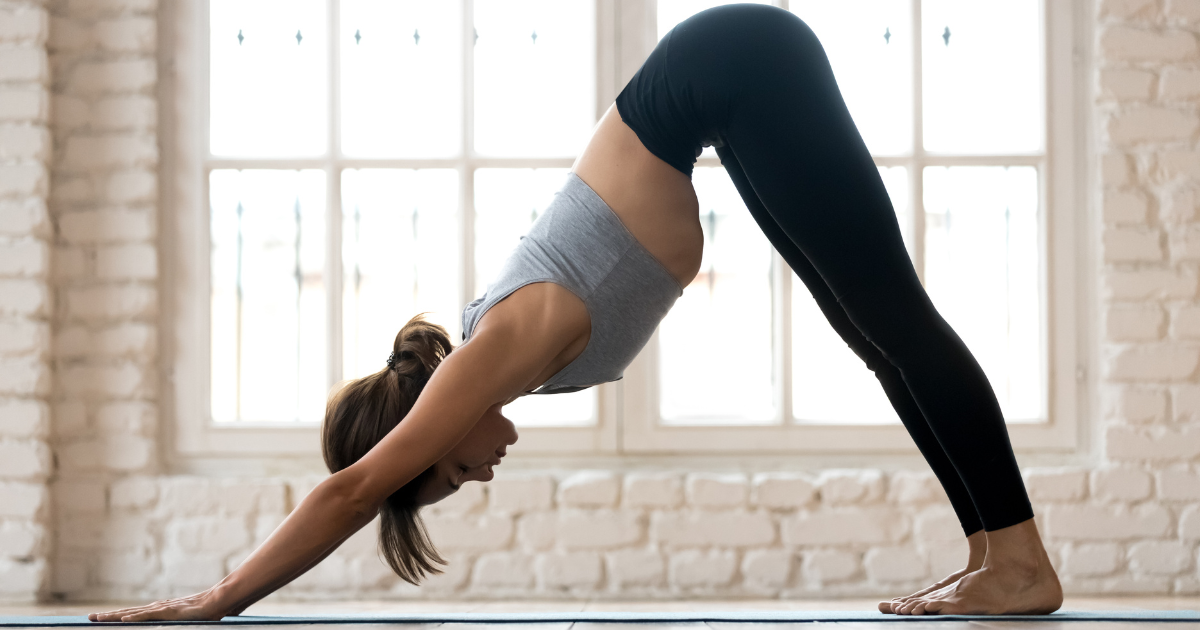You're never too old to start yoga. In fact, it might be one of the best things you can do for your body and mind as you age.
If you're dealing with stiff joints, balance issues, or just want to stay active without putting too much strain on your body, yoga can help. I know starting something new can feel intimidating, but don’t worry—I’ve got you covered.
In this guide, you’ll find simple, senior-friendly yoga poses, safety tips, and easy ways to get started. Let’s dive in and help you feel stronger, more flexible, and more energized!
Why Yoga is Perfect for Seniors
Yoga is one of the best ways to stay active without putting too much stress on your body. As you get older, flexibility and mobility naturally decrease, but yoga helps keep your joints moving smoothly, reducing stiffness and discomfort. If you worry about balance, yoga strengthens your legs and core, making falls less likely.
Beyond physical benefits, yoga is great for your mind too. It lowers stress, improves focus, and even supports brain health as you age. Plus, it’s gentle on the joints, making it a perfect option if you have arthritis or chronic pain.
And let’s not forget the social aspect—whether you join a class or follow an online routine, yoga can connect you with like-minded people who want to stay active and healthy. No matter your age or fitness level, there’s a yoga style that works for you. The best part? You can start today!
Common Concerns and How to Overcome Them
Starting yoga as a senior might feel intimidating, but don’t let common worries hold you back. Here’s how to work around them:
- “I have limited mobility” – You don’t need to get on the floor to do yoga! Chair yoga offers seated and standing poses that are easy on the joints while still improving flexibility and strength.
- “I have joint pain or arthritis” – Gentle yoga styles, like Hatha or Restorative Yoga, focus on slow movements and stretches that ease stiffness without straining your joints. Props like yoga blocks and straps also help with support.
- “I can’t get on the floor” – Standing poses, wall-assisted stretches, and chair yoga provide all the benefits without needing to lie down.
- “I’m worried about injury” – Start with beginner-friendly routines, listen to your body, and use a chair or wall for extra stability. Yoga is all about moving in a way that feels good for you!
5 Best Yoga Poses for Seniors
You don’t need to twist into a pretzel to enjoy the benefits of yoga! These simple, gentle poses help improve flexibility, balance, and strength—all while being easy on your joints.
1. Seated Forward Bend (Stretch & Relax)

Benefits: Stretches the lower back, hamstrings, and shoulders while promoting relaxation.
How to do it:
- Sit on a sturdy chair with your feet flat on the floor.
- Inhale and lengthen your spine, sitting tall.
- Exhale as you gently lean forward, reaching your hands toward your knees, shins, or feet (wherever feels comfortable).
- Keep your back straight and avoid hunching.
- Hold for 20–30 seconds, breathing deeply.
Modification: If reaching forward is difficult, rest your hands on your thighs and lean slightly forward instead.
2. Chair Pose (Strength & Balance)

Benefits: Strengthens your legs, core, and back while improving balance.
How to do it:
- Stand with your feet hip-width apart, using a chair or wall for support if needed.
- Inhale, then exhale as you bend your knees slightly, as if sitting back into an invisible chair.
- Keep your weight in your heels and your chest lifted.
- Hold for 10–20 seconds, then stand back up slowly.
Modification: If standing is difficult, try a partial squat or hold onto a chair for stability.
3. Tree Pose (Balance & Coordination)

Benefits: Improves stability, leg strength, and concentration.
How to do it:
- Stand tall with feet together, holding onto a chair or wall for support if needed.
- Shift your weight to your right foot and place the sole of your left foot on your ankle or shin (avoid the knee).
- Bring your hands to your chest in a prayer position or keep them on a chair for balance.
- Hold for 15–30 seconds, then switch sides.
Modification: Keep your toes on the floor for extra balance or practice near a wall.
4. Cat-Cow Stretch (Spinal Mobility & Posture)

Benefits: Gently stretches and strengthens the back while improving flexibility.
How to do it:
- Sit on a chair with your feet flat on the floor.
- Inhale, arch your back slightly, lifting your chest and looking up (Cow Pose).
- Exhale, round your back, tucking your chin toward your chest (Cat Pose).
- Repeat for 5–10 rounds, moving with your breath.
Modification: If seated is uncomfortable, this can be done standing with hands on a table for support.
5. Legs-Up-the-Wall Pose (Circulation & Relaxation)

Benefits: Reduces swelling in the legs, eases tension, and promotes relaxation.
How to do it:
- Sit sideways next to a wall, then gently swing your legs up and lie back.
- Rest your arms by your sides and breathe deeply.
- Stay in this pose for 5–10 minutes.
Modification: If getting on the floor is difficult, try lying on a bed and resting your legs on the headboard.
These poses are simple yet powerful for keeping your body moving and your mind relaxed. Try them daily, even for just a few minutes, and you’ll start feeling the benefits in no time!
How to Start a Safe and Sustainable Yoga Routine
Starting yoga doesn’t have to be overwhelming. The key is to keep it simple, listen to your body, and build a routine that works for you.
First, choose the right style. Hatha, Iyengar, chair yoga, and restorative yoga are great for beginners because they focus on slow, gentle movements. If you’re unsure where to start, try a guided beginner class online or in person.
Begin with just 10–15 minutes a day and gradually increase as you feel comfortable. There’s no rush—consistency is more important than intensity. Use props like chairs, blocks, or straps to support your body and make poses easier.
Make yoga a habit by scheduling it into your day, whether in the morning to loosen up or in the evening to relax. And most importantly, listen to your body—if something feels uncomfortable, modify the pose or take a break. Yoga should feel good, not painful.
Yoga Safety Tips for Seniors
Yoga is safe for seniors when practiced with care. The key is to move mindfully, listen to your body, and make adjustments as needed. Here are some important safety tips to keep in mind:
- Warm up before starting. Gentle stretches or slow movements help prepare your joints and muscles.
- Use props for support. Chairs, blocks, and straps can make poses easier and safer.
- Avoid overextending. Stretching should feel good, not painful. If a pose feels too intense, ease off.
- Practice near a wall or chair. Having support nearby can prevent falls and improve stability.
- Modify poses as needed. Adjust movements to match your flexibility and comfort level.
- Stay hydrated. Drink water before and after your session to stay refreshed.
- Consult your doctor if needed. If you have any medical conditions, check with your doctor before starting.
With these precautions, you can enjoy the benefits of yoga safely and confidently!
Yoga for Seniors: FAQs
What is the best type of yoga for seniors?
The best types of yoga for seniors are Hatha, Iyengar, chair yoga, restorative yoga, and Yin yoga. These styles focus on gentle movements, slow transitions, and deep stretching, making them safe and accessible. If you’re new to yoga or have mobility concerns, chair yoga is a great way to start.
Is yoga good for a 70-year-old?
Absolutely! Yoga can improve flexibility, balance, and strength at any age. It’s especially beneficial for seniors because it helps with joint mobility, reduces stiffness, and supports mental well-being. Just be sure to choose gentle poses and listen to your body.
How many days a week should a senior do yoga?
Even 2–3 times a week can make a noticeable difference in flexibility and balance. For the best results, try practicing 5–10 minutes daily, even if it’s just simple stretches or breathing exercises.
Which is better for seniors, Pilates or yoga?
Both are great for seniors, but yoga is generally more accessible because it focuses on gentle movement, flexibility, and relaxation. Pilates tends to emphasize core strength and may require more effort. If you want a low-impact way to stay active, yoga is the better choice.
Can I do yoga if I have arthritis or joint pain?
Yes! Yoga can help reduce stiffness and improve joint mobility. Stick to gentle styles like Hatha or chair yoga, use a yoga mat with solid cushioning, opt for props for support, and avoid poses that put pressure on sore joints. Always move within a comfortable range and take breaks when needed.
Age Is Just a Number
Yoga is one of the best things you can do for your body and mind, no matter your age. It helps you stay flexible, strong, and balanced while reducing stress and improving overall well-being. The best part? You don’t need to be super flexible or have any prior experience to start. Just a few minutes a day can make a difference.
If you’ve been hesitant, I encourage you to try one simple pose today. Your body will thank you! And remember, yoga isn’t about perfection—it’s about feeling good and moving with ease.





